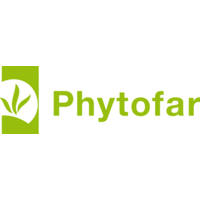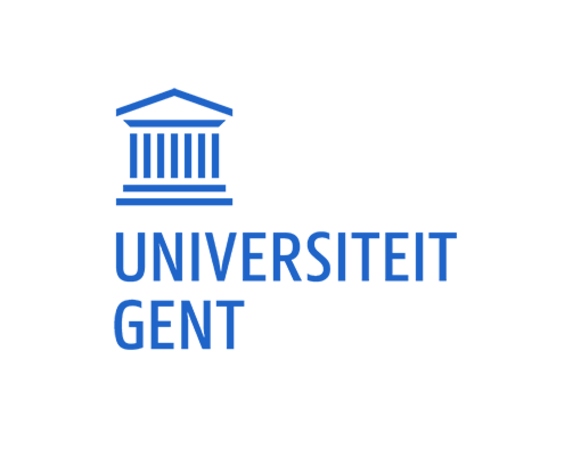Research on the Relationship between the Health of Bee Populations and Several Potential Explanatory Variables in a Spatially Explicit Way for Belgium
With this study we want to investigate the possible causal relationships between bee mortality and present explanatory variables of natural or anthropogenic character, and this in a spatially explicit way. The research will be conducted through a GIS analysis (Geographical Information System). The goal is to bring scientific clarity about the causes of the increased bee mortality in Belgium, so in the next step appropriate solutions can be sought. Several chemical companies, in the crop protection sector and the pharmaceutical industry, the machine industry and the biotechnology sector, are interested to contribute innovative developments to improve bee health. But first, there must be clarity about the contribution of various factors to the bee problem. Based on these results, an innovation plan will be developed for this broad audience.
Framework
Bees are producers of honey, but even more important, they play an essential role in maintaining good biodiversity because they are one of the most important pollinators of many plant species. For example, 80% of all pollination activity is due to bees (source: European Commission). However, all around the world, an increased mortality is found in the bee populations (both honeybees and wild bees in). Bee-experts, scientists and governments from around the world agree that several factors are responsible for the high mortality of bees. The problems with bees can be assigned to diseases and parasites (especially the Varroa mite), extraordinary environmental and climatic conditions such as air pollution and electromagnetic radiation, reduced food supply and reduced nesting, but also agriculture (the use of pesticides) and beekeeping practices. At present there is no scientific consensus on the extent to which the various factors described above contribute to bee mortality. Some researchers point especially to the Varroa mite as the main cause, while other researchers point directly to the plant protection. Still other researchers suggest synergistic and combination effects between the different aspects.
| Project type: | VIS |
| Approved on: | 18/12/2013 |
| Duration: | 31/12/2013 – 30/12/2014 |
| Total budget: | €149.506 |
| Subsidy: | €119.604 |



